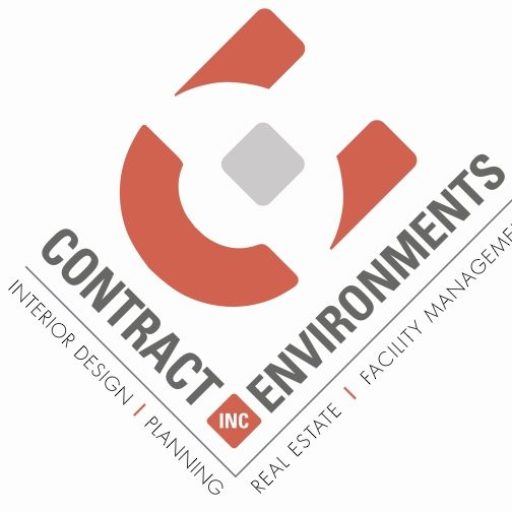Before Design…
Comes Programming.
Programming is one of the most challenging, least remembered, little visible, and most impactful part of a design job. Any job, whether it be selecting furniture, designing a building or reconfiguring with what’s already there.
The programming of a project is the very first step: where the designer and other stakeholders (end users, managers, owners) sit down a determine what the problem is: define the physical project, it’s goals, what space is affected, what people will be affected, and – at the bottom line – the parameters for successful completion of the project will entail. Oh yes, and very important: deadlines and budgets are best established up front, right here, right now, before a nickel is spent on design.
Programming determines that the new office must include 8 workstations, 4 offices (one of which is the corner office for the boss) and enough ancillary space for a resource library (with 300 linear feet of storage), kitchen for breaks, conference room for 12, and a room for the noisy, old printer that the company is keeping but no one wants to sit next to because its so loud. Those are some physical components of programming a project. But programming also determines that because the company does graphics and all the members of the team are young, that the space should reflect the team’s youthful energy and be a lively, fun place to work. That’s a very different space from most law offices. The program for that law office wouldn’t want the same space as the graphics company, even if both had the same physical requirements, right down to the noisy printer.
By defining the project like this, before the pencil ever hits the paper, there a lot of data collection, a lot of decisions already made, and expectations for the final product can be set. And that’s a good thing, because both the client and the designer know that they’re going to get this thing right. The client is being heard and the designer gets to hear everything relevant to the project. It’s a big process. And upfront, it sometimes seems to take more time than it should (so the instinct is to rush it), but trust your design team.
When we’re listening, we’re working hard to understand everything; both what is and isn’t being said. Not just what you know you need and think you need, but what things you haven’t thought of that you’ll need as well. In this capacity, a designer-as-programmer is looking to make a space that works for your office, your home, the way you do business and make it run better. To do that we need to know the Who, How and Why of you, not just the What and Where. Programming is defining all of these things, writing it up, and reading it back to you – just to make sure we got it right.

0 Comments